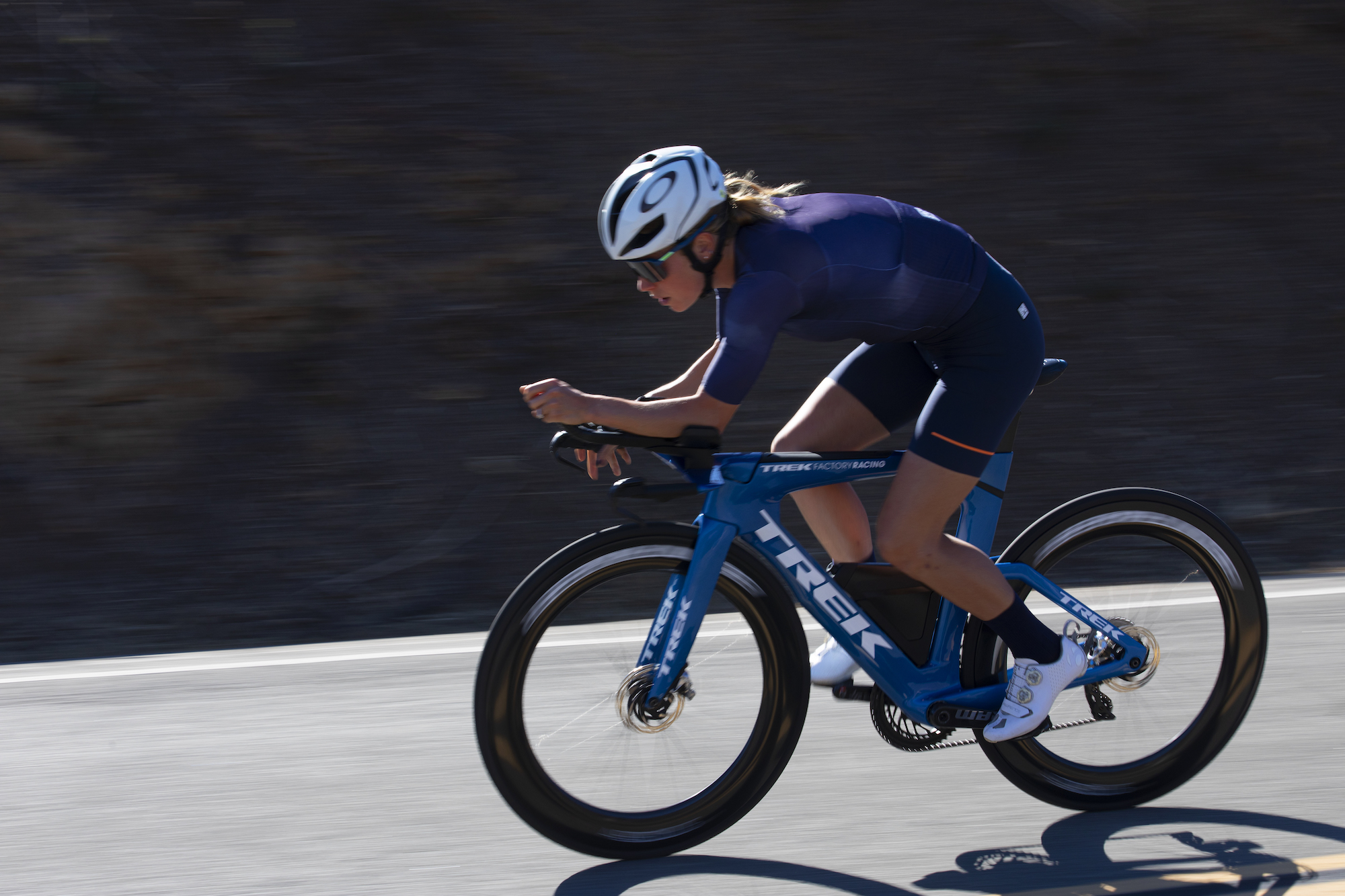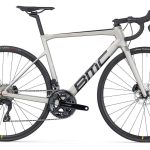Cycling enthusiasts and speed aficionados often marvel at the incredible feats of human endurance and engineering in pursuit of the fastest bicycle speed. Achieving such speeds requires not only exceptional physical conditioning but also cutting-edge technology and optimal conditions. Consequently, understanding the factors contributing to these record-breaking speeds provides valuable insights into the fascinating world of high-speed cycling. Therefore, this comprehensive guide explores the fastest bicycle speeds, the conditions and technology that enable them, notable records and milestones, and the future of speed cycling. By delving into these aspects, you can appreciate the unique challenges and triumphs involved in setting cycling speed records.
The Factors Influencing Bicycle Speed
Several factors significantly influence the speed at which a bicycle can travel. Understanding these factors helps explain how cyclists achieve record-breaking speeds. Therefore, exploring the key influences on bicycle speed is essential.

Rider Physical Conditioning
Rider physical conditioning is one of the most critical factors in achieving high speeds. Elite cyclists undergo rigorous training regimens to enhance their power, endurance, and cardiovascular capacity. This training includes strength workouts, high-intensity interval training, and long-distance rides. Nutrition and recovery also play vital roles in optimizing performance. By understanding the importance of physical conditioning, you can appreciate the dedication required to reach peak speed capabilities. Therefore, recognizing the value of rigorous training is crucial.
Bicycle Aerodynamics
Bicycle aerodynamics significantly impact the speed a cyclist can achieve. Aerodynamic designs minimize air resistance, allowing cyclists to maintain higher speeds with less effort. Features like streamlined frames, aerodynamic handlebars, and disc wheels reduce drag. Clothing and helmets designed to enhance aerodynamics also contribute to overall speed. By understanding the role of aerodynamics, you can appreciate the technological advancements that make high-speed cycling possible. Therefore, recognizing the importance of aerodynamic efficiency is essential.
Environmental Conditions
Environmental conditions, such as wind, temperature, and road surface, play a substantial role in influencing bicycle speed. Tailwinds can boost speed, while headwinds create resistance. Colder temperatures increase air density, making it harder to cycle fast, whereas warmer conditions can enhance performance. Smooth, well-maintained road surfaces reduce rolling resistance, enabling higher speeds. By understanding the impact of environmental factors, you can appreciate the complex dynamics involved in high-speed cycling. Therefore, recognizing the influence of external conditions is crucial.
Notable Records and Milestones in Bicycle Speed
Throughout history, cyclists have set and broken numerous speed records, showcasing remarkable feats of endurance and technology. Understanding these records and milestones provides insight into the progress and evolution of speed cycling. Therefore, exploring notable records and milestones is essential.
The First Land Speed Record
The first significant land speed record for bicycles was set in 1899 by Charles “Mile-a-Minute” Murphy. He achieved a speed of 60 miles per hour (97 km/h) while drafting behind a Long Island Rail Road train. This feat marked the beginning of the pursuit of high-speed cycling records. By understanding early accomplishments, you can appreciate the historical context and the evolution of speed records. Therefore, recognizing the importance of pioneering achievements is crucial.
The Human-Powered Vehicle (HPV) Record
The Human-Powered Vehicle (HPV) category has seen remarkable advancements in bicycle speed records. In 1992, Chris Huber set a record of 68.73 miles per hour (110.56 km/h) in a fully faired (enclosed) recumbent bicycle. This record was later broken by Todd Reichert, who achieved a staggering 89.59 miles per hour (144.18 km/h) in 2016 with the Eta Speedbike. By understanding the HPV records, you can appreciate the technological innovations and engineering prowess involved. Therefore, recognizing the significance of HPV milestones is essential.
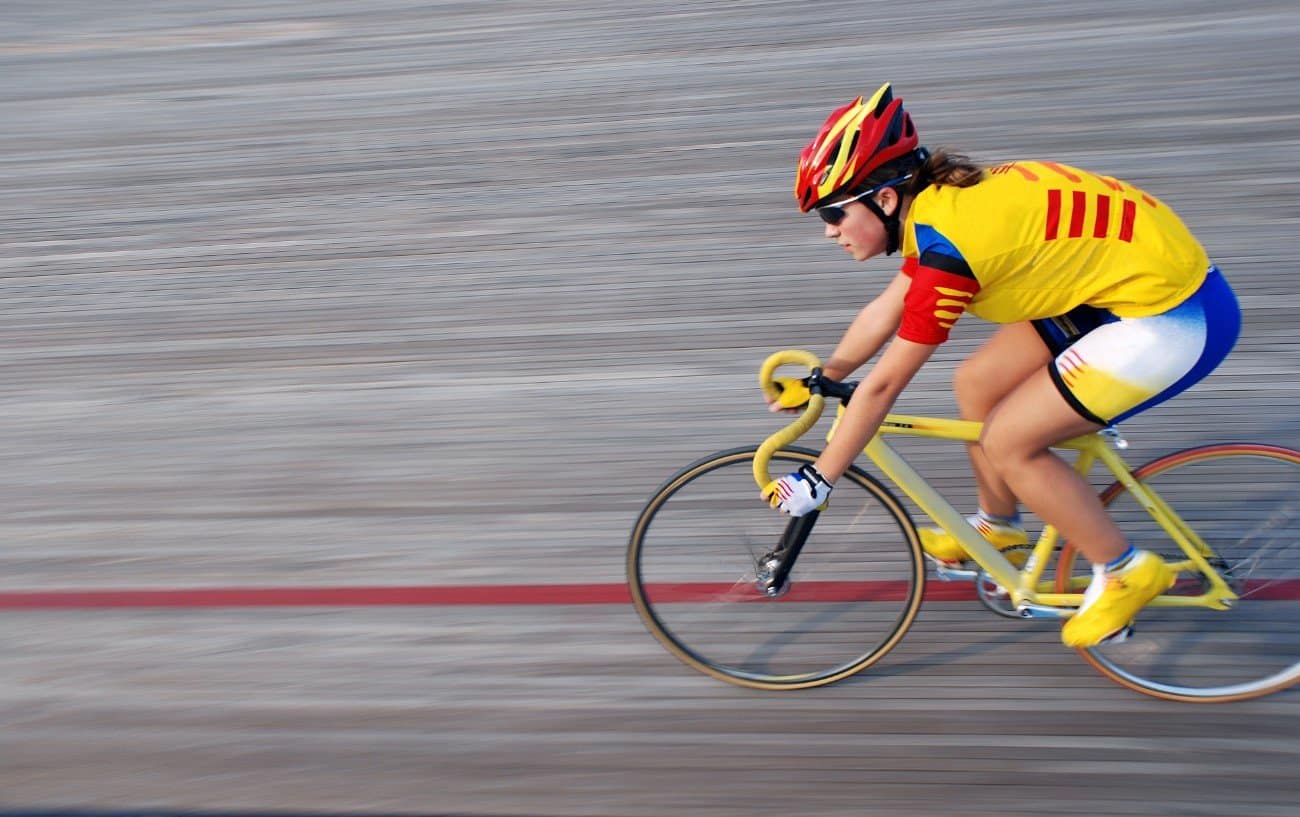
The Fastest Speed on a Traditional Bicycle
Denise Mueller-Korenek set the fastest speed on a traditional bicycle (paced behind a vehicle) in 2018. Riding a custom-built bike, she reached an astonishing speed of 183.93 miles per hour (296.01 km/h) on the Bonneville Salt Flats. This achievement broke the previous record held by Fred Rompelberg. By understanding these traditional bicycle records, you can recognize the extraordinary efforts and specialized equipment required to achieve such high speeds. Therefore, recognizing the importance of paced records is crucial.
The Technology Behind High-Speed Bicycles
Achieving the fastest bicycle speeds requires advanced technology and engineering. Understanding the technological advancements that enable these feats highlights the innovation driving high-speed cycling. Therefore, exploring the technology behind high-speed bicycles is essential.
Aerodynamic Frame Design
Aerodynamic frame design is a critical aspect of high-speed bicycles. Engineers use wind tunnel testing and computational fluid dynamics to create frame shapes that minimize drag. These designs include teardrop-shaped tubes, integrated components, and smooth junctions. Carbon fiber is commonly used for its strength and weight advantages. By understanding the role of aerodynamic frames, you can appreciate the engineering efforts that enhance speed. Therefore, recognizing the importance of frame design is crucial.
Advanced Materials
Advanced materials play a significant role in the construction of high-speed bicycles. Carbon fiber, titanium, and aerospace-grade alloys provide the necessary strength and lightness. These materials allow for the creation of durable yet lightweight frames, wheels, and components, optimizing performance and reducing energy expenditure. By understanding the impact of advanced materials, you can appreciate their contribution to achieving high speeds. Therefore, recognizing the value of innovative materials is essential.
Precision Engineering
Precision engineering ensures that every component of a high-speed bicycle operates efficiently and harmoniously. Components such as bearings, gears, and chains are manufactured to tight tolerances to reduce friction and energy loss. Advanced gearing systems allow for optimal power transfer and speed control. Aerodynamic handlebars, wheels, and even rider positions are meticulously tuned to enhance performance. By understanding the role of precision engineering, you can appreciate the detailed craftsmanship behind high-speed bicycles. Therefore, recognizing the importance of engineering precision is crucial.
The Challenges of Achieving and Breaking Speed Records
Despite technological advancements, achieving and breaking bicycle speed records present several challenges. Understanding these obstacles highlights the dedication and innovation required to overcome them. Therefore, exploring the challenges of speed cycling is essential.
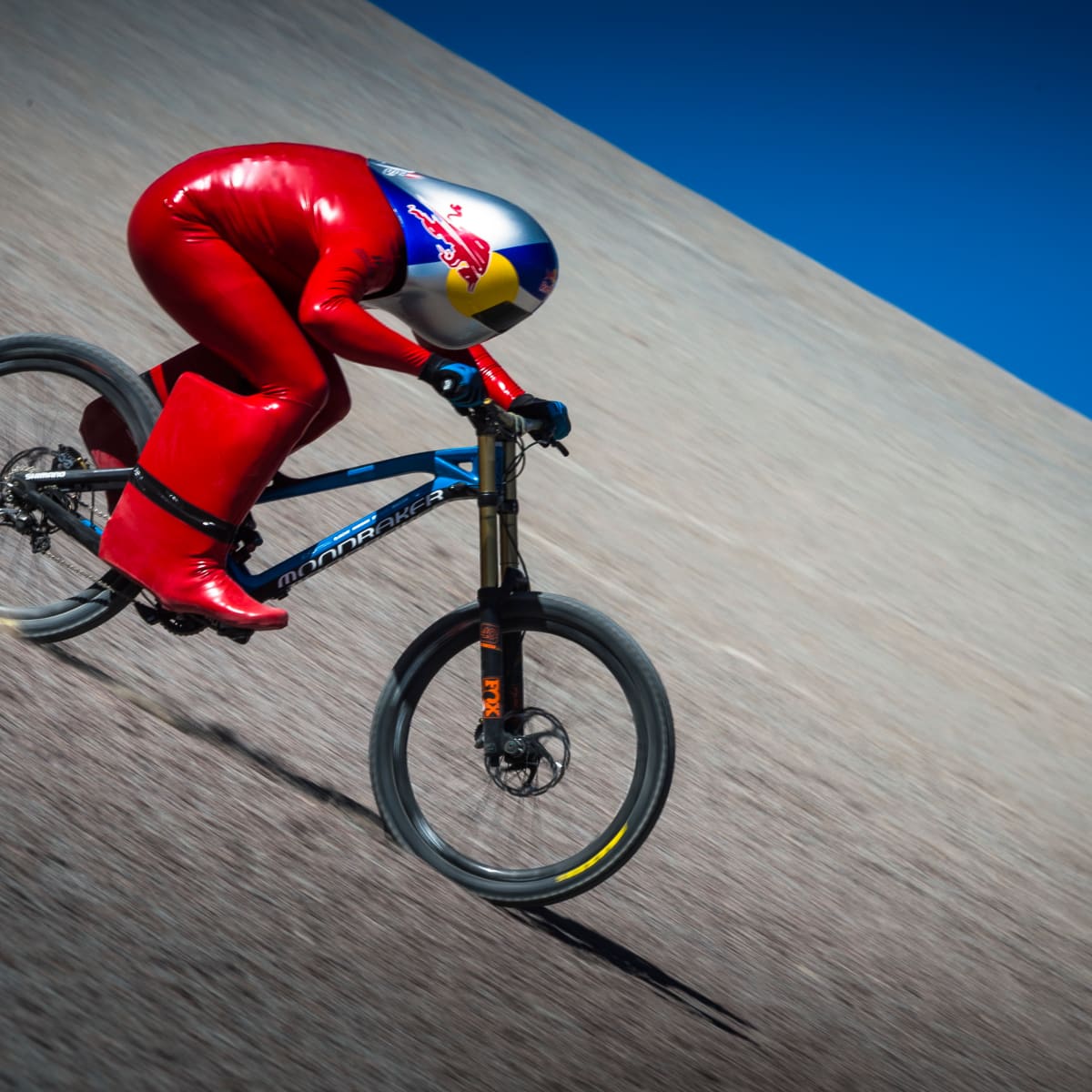
Physical and Mental Endurance
Achieving high speeds demands exceptional physical and mental endurance from the cyclist. Intense training regimens, strict dietary plans, and rigorous mental conditioning are necessary to prepare for record attempts. Cyclists must maintain focus and composure under extreme conditions. By understanding the demands of physical and mental endurance, you can appreciate the resolve and determination required. Therefore, recognizing the importance of comprehensive conditioning is crucial.
Technological Limitations
Technological limitations pose significant challenges to achieving high speeds. Despite advancements, factors such as component durability, aerodynamic limitations, and mechanical reliability constrain speed capabilities. Breakthroughs in these areas are essential to push the boundaries further. By understanding these technological limitations, you can appreciate the continuous innovation necessary to achieve new records. Therefore, recognizing the importance of ongoing research and development is essential.
Environmental and Safety Factors
Environmental and safety factors also influence the feasibility of speed record attempts. Factors such as weather conditions, terrain, and visibility must be optimal to ensure cyclist safety and performance. High-speed cycling inherently carries risks, requiring thorough planning and safety measures. By understanding the impact of environmental and safety factors, you can appreciate the comprehensive preparations involved. Therefore, recognizing the importance of risk management is crucial.
The Future of High-Speed Cycling
The future of high-speed cycling holds exciting possibilities with ongoing advancements in technology and training. Understanding these future prospects helps envision how new records might be achieved. Therefore, exploring the future of high-speed cycling is essential.
Emerging Technologies
Emerging technologies, such as advanced materials, artificial intelligence, and enhanced aerodynamics, promise to revolutionize high-speed cycling. Innovations in electric assist and hybrid propulsion systems could also play a role in future record attempts. By understanding the potential of emerging technologies, you can anticipate new developments that might push the limits of speed cycling. Therefore, recognizing the importance of technological progress is crucial.
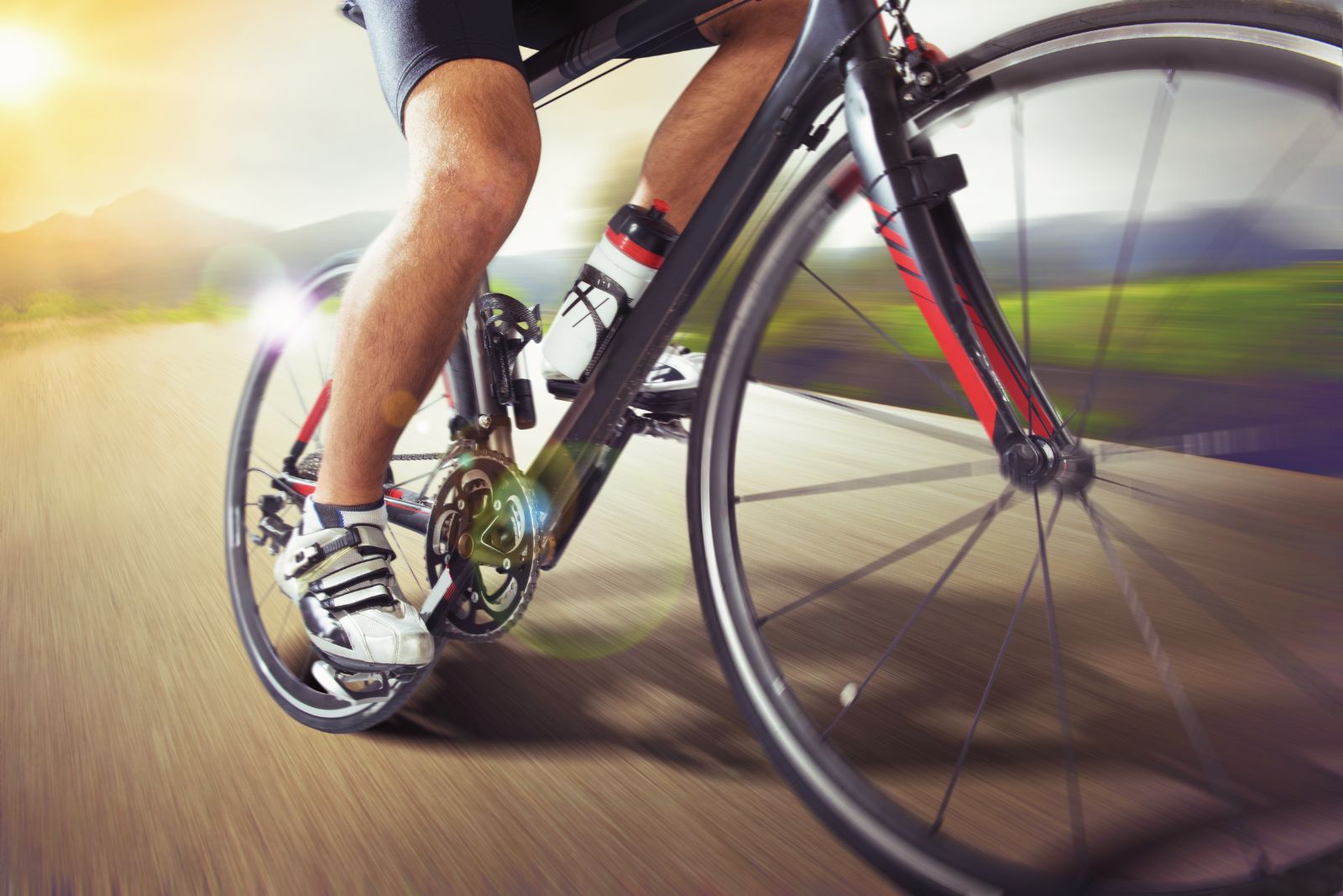
Increased Accessibility
As technology advances, the accessibility of high-speed cycling equipment may increase, allowing more cyclists to pursue speed records. Enhanced training programs and widespread availability of advanced gear could democratize the pursuit of high-speed objectives. By understanding the potential for increased accessibility, you can envision a more inclusive future for speed cycling. Therefore, recognizing the value of accessibility is essential.
Continued Research and Collaboration
Continued research and collaboration between scientists, engineers, and athletes will drive the future of high-speed cycling. Cross-disciplinary efforts can lead to innovative solutions and breakthroughs that push the boundaries of what’s possible. By understanding the importance of cooperation, you can appreciate the collective efforts that underpin record-breaking achievements. Therefore, recognizing the significance of research and collaboration is crucial.
Addressing Common Questions About Fastest Bicycle Speeds
Understanding common questions about the fastest bicycle speeds provides additional clarity and enhances appreciation of the subject. Knowledge of these answers ensures better comprehension. Therefore, exploring common questions is essential.
What Is the Current World Record for the Fastest Bicycle Speed?
A common question is about the current world record for the fastest bicycle speed. As of 2018, the record is held by Denise Mueller-Korenek, who reached 183.93 miles per hour (296.01 km/h) paced behind a vehicle. This record showcases the extraordinary achievements in speed cycling. By understanding the current world record, you can appreciate the high benchmarks set in the field. Therefore, recognizing the significance of record achievements is crucial.
How Do Cyclists Train for High-Speed Records?
Another common question is about the training regimens for cyclists aiming to set high-speed records. Training programs include a combination of strength training, endurance rides, high-intensity intervals, and technical skills. Attention to nutrition, recovery, and mental conditioning is also essential. By understanding the comprehensive training required, you can appreciate the dedication and effort involved. Therefore, recognizing the importance of holistic training is essential.
Addressing Common Misconceptions About Fastest Bicycle Speeds
Addressing common misconceptions about fastest bicycle speeds provides accurate information and dispels unwarranted concerns. Clearing up misunderstandings ensures an informed perspective. Therefore, exploring common misconceptions is important.
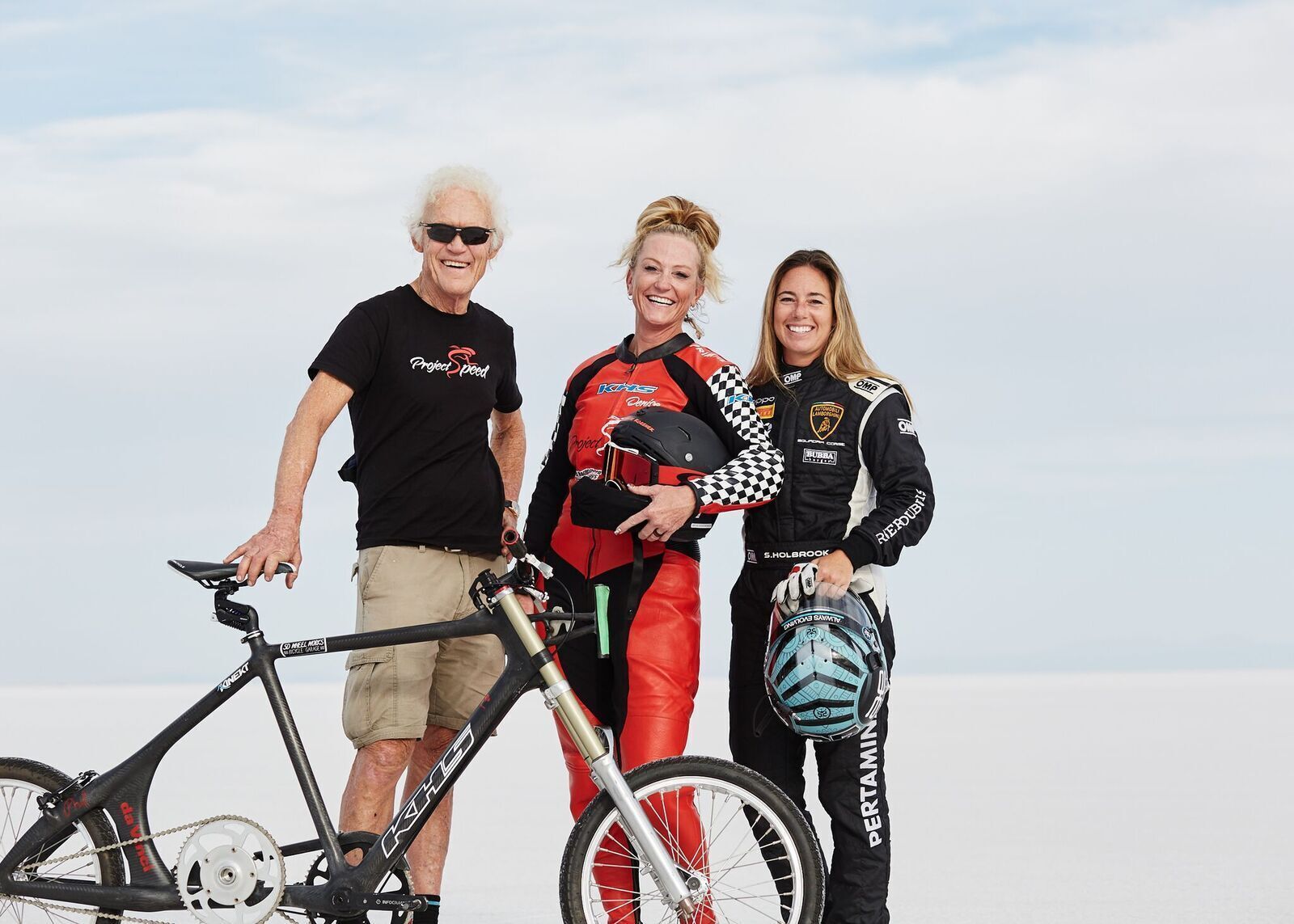
Misconception: High-Speed Cycling Is All About Physical Strength
A common misconception is that high-speed cycling is solely about physical strength. In reality, achieving high speeds requires a combination of strength, endurance, aerodynamics, and technological innovation. Strategic training and advanced equipment are equally important. By understanding the multifaceted nature of speed cycling, you can appreciate the complexity involved. Therefore, dispelling this misconception emphasizes the importance of a holistic approach.
Misconception: Achieving Record Speeds Is Only About the Equipment
Another misconception is that achieving record speeds is only about having the best equipment. While advanced technology plays a critical role, the cyclist’s training, skill, and mental conditioning are equally vital. Record attempts require a harmonious integration of human and technological elements. By understanding the importance of both factors, you can appreciate the balanced approach needed. Therefore, dispelling this misconception highlights the importance of both equipment and human effort.
Conclusion: Celebrating the Pursuit of Fastest Bicycle Speeds
Celebrating the pursuit of the fastest bicycle speeds involves understanding the factors influencing speed, notable records, and the technology behind high-speed bicycles. Proper knowledge of these aspects ensures a comprehensive appreciation of cycling achievements.
Exploring critical elements such as physical conditioning, aerodynamics, environmental conditions, and addressing common questions and misconceptions provides detailed insights and practical understanding. Recognizing the importance of addressing challenges and anticipating future advancements enhances overall appreciation of speed cycling.
By engaging with these elements, you can appreciate the dedication, innovation, and triumphs involved in setting and breaking bicycle speed records. Therefore, whether you are a cycling enthusiast or a curious observer, understanding the fastest bicycle speeds offers practical and valuable insights. Embrace the opportunity to celebrate these remarkable achievements, knowing you have the knowledge and resources to appreciate the incredible feats in speed cycling.
